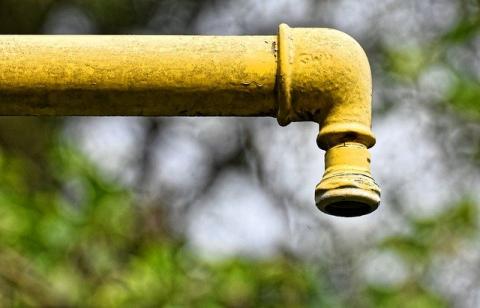Related Information:

Region: Europe and Central Asia (ECA)
Country: France
Sectors: Water and Sanitation
Keywords: PPP Project Cycle, Preparation, Request for proposals
DocumentLink(s):
Document Details:
Claude Menard, Peeroo Aleksandra
Section I comes back to the characteristics of the water sector. It describes some key features that may explain the slow pace of reform and that may also help better understanding characteristics and limits of that process. Then, a historical and global overview of the liberalization movement and the actual state of the water sector is presented.
Section II examines more specifically the main drivers towards and factors of resistance to the liberalization process in the water sector.
Section III looks at how these factors operate in three models of liberalization, illustrated with as many stylized examples from European countries .
Section IV takes stock of this examination to point out challenges of liberalization in the water sector, which have to do with guaranteeing integrity and coherence of water systems.
Updated: March 28, 2021